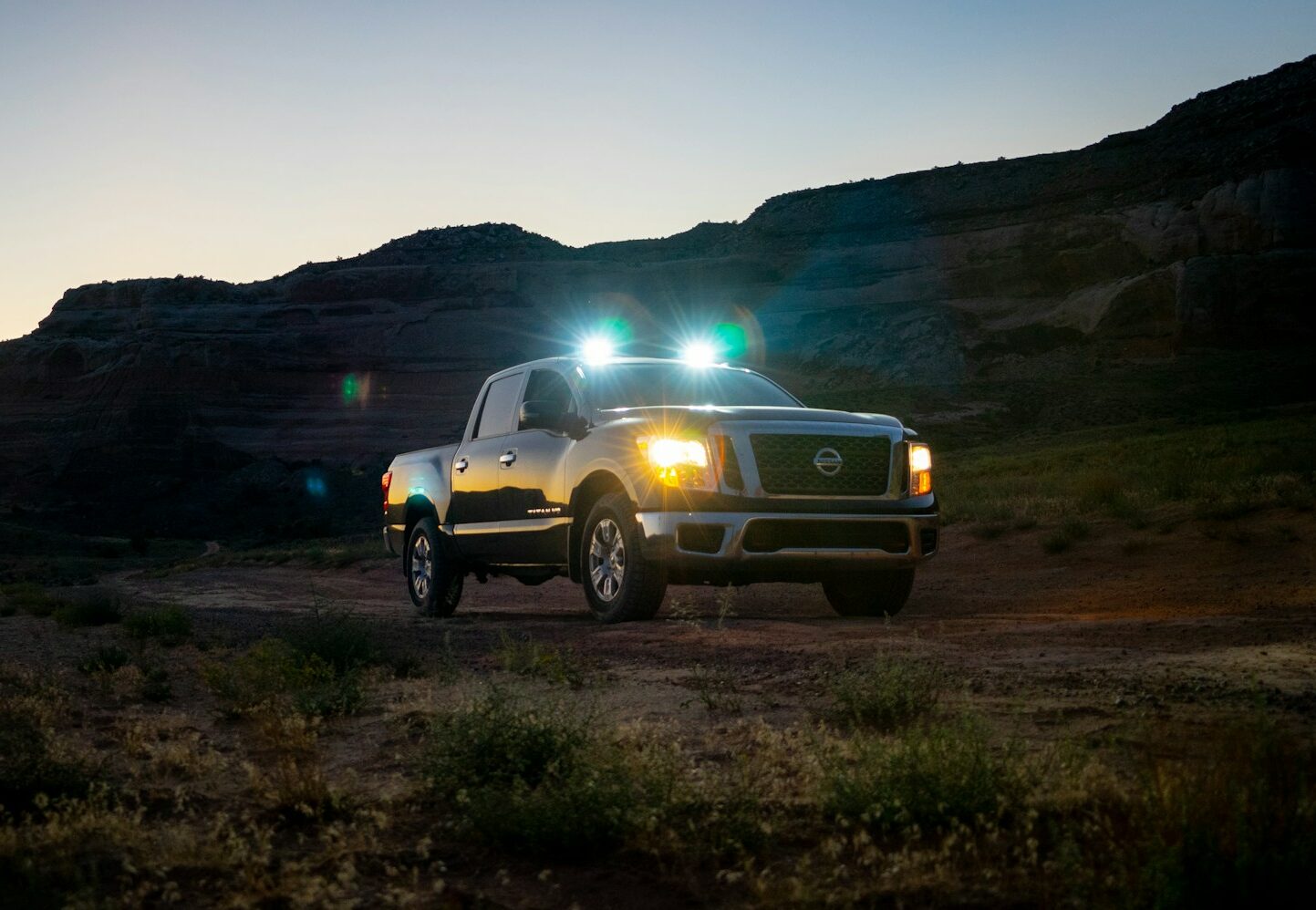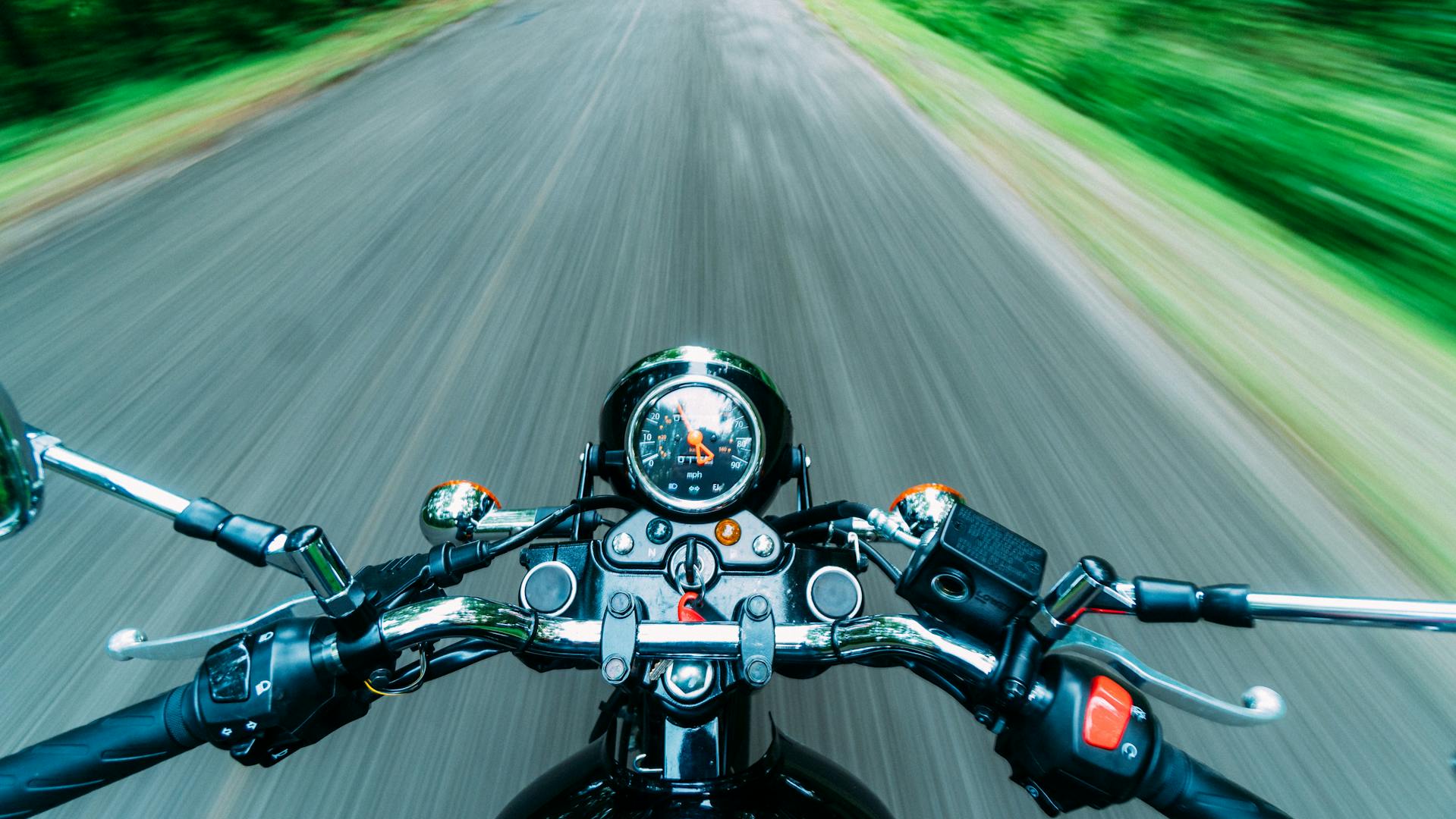Group motorcycle rides can be an exhilarating way to explore new routes, improve your riding skills, and enjoy some time with friends and fellow two-wheel enthusiasts. For those venturing into group riding for the first time, it’s essential to understand the basics to ensure a safe and enjoyable experience. Here’s a comprehensive guide to help you navigate the intricacies of riding in a group.
Planning the Route
One of the foundational elements of a successful group ride is thorough route planning. Before hitting the road, determine your destination and the stops along the way. Consider the skill levels of all riders; choose routes that accommodate the least experienced riders to ensure everyone feels comfortable and safe.
Maps and GPS devices can be extremely helpful, but sharing the route with all participants beforehand can mitigate any confusion. Ensure that all riders are aware of the planned stops for fuel, food, and rest. It’s also wise to have a contingency plan in case of unexpected detours or changes in weather conditions.
Proper Lane Positioning
Lane positioning is crucial in group rides to maintain order and ensure safety. The staggered formation is widely recommended: the lead rider positions themselves in the left third of the lane, the second rider in the right third, the third in the left third, and so on. This formation allows a safe distance between riders while keeping the group compact and manageable.
Single-file formation is sometimes necessary, particularly on narrow or winding roads, or in low-visibility conditions. The lead rider should signal any changes in formation to keep the group aligned and informed.
Assigning Roles
Assigning roles within the group can enhance safety and organization. The ride leader is typically an experienced rider who is familiar with the route. They are responsible for setting the pace and making quick decisions if the need arises. The sweep rider, positioned at the back, keeps an eye on the group and assists with any issues that may occur, such as mechanical problems or riders falling behind.
Including Less Experienced Riders
To ensure the ride is inclusive and enjoyable for all, place less experienced riders near the front of the group, just behind the leader. This positioning helps maintain a comfortable pace for everyone and prevents less experienced riders from feeling pressured to keep up with faster riders. It also allows the leader to monitor and adjust the speed as needed.
Communication Strategies
Effective communication is vital for group riding. While modern technology offers advanced communication devices, such as Bluetooth-enabled helmets that allow for real-time conversations, traditional hand signals remain crucial for riders without intercoms, or when the intercoms can’t be used. Ensure all riders are familiar with standard hand signals for turns, stops, hazards, and single-file formation. Consistent communication helps maintain cohesion and safety within the group.
Pre-Ride Meeting
Holding a pre-ride meeting can address any questions and set expectations for the ride. Discuss the route, roles, signals, and any specific concerns from the riders. This meeting is an opportunity to reinforce the importance of riding within one’s limits and adhering to traffic laws. Encouraging an open dialogue can alleviate any anxieties, particularly for first-time group riders.
Safety Precautions
Safety should always be the top priority. Ensure all riders have their motorcycles in good working condition, with adequate fuel and properly functioning lights, brakes, and tires. Wearing appropriate gear, including helmets, gloves, jackets, and boots, is non-negotiable.
Regular breaks are essential to prevent fatigue. Plan stops at regular intervals to allow riders to rest, hydrate, and refuel. Remind riders to stay hydrated, especially in hot weather, as dehydration can impair focus and reaction time.
Adapting to Different Riding Styles
Every rider has a unique style and level of comfort on the road. It’s crucial to respect these differences and maintain a flexible approach. The lead rider should monitor the group’s pace, ensuring it’s neither too fast nor too slow. Encouraging feedback during breaks can help adjust the pace and formation to suit everyone’s needs.
Handling Emergencies
Despite meticulous planning, emergencies can happen. Have a plan in place for dealing with breakdowns, accidents, or medical issues. The sweep rider’s responsibility is to know how to handle common types of motorcycle accident injuries such as head injuries, back injuries, and fractures. Carry basic tools and first aid kits, and ensure that at least one rider in the group has a charged mobile phone and emergency contacts. These tools can easily be placed in your motorcycle tail bag for easy access. Knowing the location of the nearest medical facilities along the route can also be crucial.
Post-Ride Debrief
A post-ride debrief allows the group to discuss the ride, share experiences, and provide feedback. This reflection can highlight what went well and what could be improved for future rides. It’s also a great opportunity to bond with fellow riders and plan the next adventure.
Create a Memorable Group Ride Experience
Taking on your first group motorcycle ride can be a thrilling experience when approached with the right preparation and mindset. By planning meticulously, communicating effectively, and prioritizing safety, you can ensure that your group ride is not only enjoyable but also a memorable adventure for all involved.







